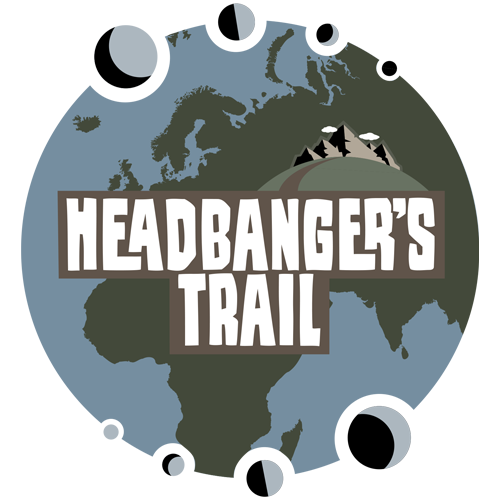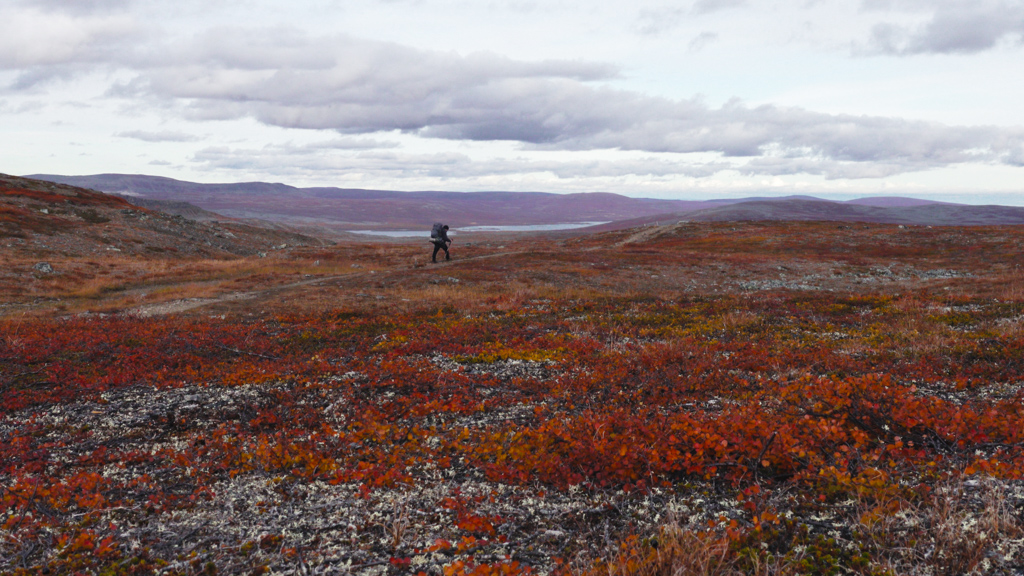
Solo hiking seems to raise a lot of questions and fears. Like “Is it safe?”, “Why would someone want to hike alone?” and so on. For me solo hiking is highly enjoyable and I’ve mostly felt very much safe. I wrote this article to give some sort of an overview of the pros and cons of solo hiking based on my own experiences. It’s meant to be a guide to a beginner solo hiker. If you’re like me and you feel like the pros outweigh the cons, then you’ll be happy to know that I’ve also provided you with tips for safe and enjoyable solo hike. I’ve also made a video of the same topic and you can find it at the end of this article. Remember that is guide is based on my hiking experiences in the Nordics. In some countries like the States or Canada you might need to take into consideration things like bears.
I started solo hiking at the same time I started my YouTube channel which was in the summer of 2020. I hiked a bit over 70 km trail then in the Pallas-Yllästunturi National Park. Of course I had quite a lot of hiking experience before doing that hike, but for the first I was alone in the wilderness. Although I had quite an emotional rollercoaster between leaving Ylläs and reaching Pallastunturi, I was hooked. Overcoming myself, exposing my senses fully to nature, strengthening my nature connection, strong emotions, clarity of thoughts and the opportunity to get to know myself better and to self-reflect are just some of the things that come in mind when I think about that hike and solo hiking generally. I’m happy that I took that big step and grateful for everything that I experienced then – and on my hikes afterwards.
Like always there are usually some downsides to things and solo hiking isn’t an exception. Let’s get those out of the way, so that we can concentrate on all things positive!
The Cons of Solo Hiking
Hiking Gear
This is something you will bump into already when starting to plan a hike. The amount of gear needed. If you’ve got used to sharing the load with a friend, I have bad news for you: You’re now carrying everything by yourself. So potentially your backpack will end up being heavier, even though you’re only carrying food for one. This is something you might want to consider and see if you can lighten the load. Maybe purchase an one person tent? Or a lighter cooking pot now that you’re cooking for one? Soon you’ll be looking at your gear list and your gear from a different point of view. Be sure that everything is functional and serves the purpose, because there’s no one to borrow from if something breaks. For that reason you might want to carry with you light items to fix things. Like a bit of glue, duct tape, patches for sleeping pad, shoelaces, etc.
Decisions, Decisions…
Decision making started already with going through your gear list, but it goes on even on the hike itself. You need to trust your own decisions and you need to able to make them. When you’re hiking with someone you can at least weigh the options together. But you get used to not having that quite quickly and it becomes part of the sense of freedom.
Things You Need to Do
When you’re alone you also do everything by yourself. So you need to know what you’re doing. Maybe the most important thing is to know how to navigate with gps and/or how to use a compass – better to know both. When you’re setting up a camp there’s a bit more to do. You don’t have your friend setting up the tent while you’re cooking food for both. It’s good to have some wilderness survival skills, but you will also gain experience on those along the way. Do your research and practice what you’ve learned on your local trails or on easier overnight hikes.
Loneliness
No matter how much you enjoy the solo hiking, there will be times of loneliness and low spirits. You just have to shake it off and concentrate on why you are there and what you came to do. Enjoy the beauty and tranquility of nature – and the freedom! Good food or your favourite snacks can be a good spirit booster. You can also take comfort in the fact that you’re exactly where you’re supposed be.
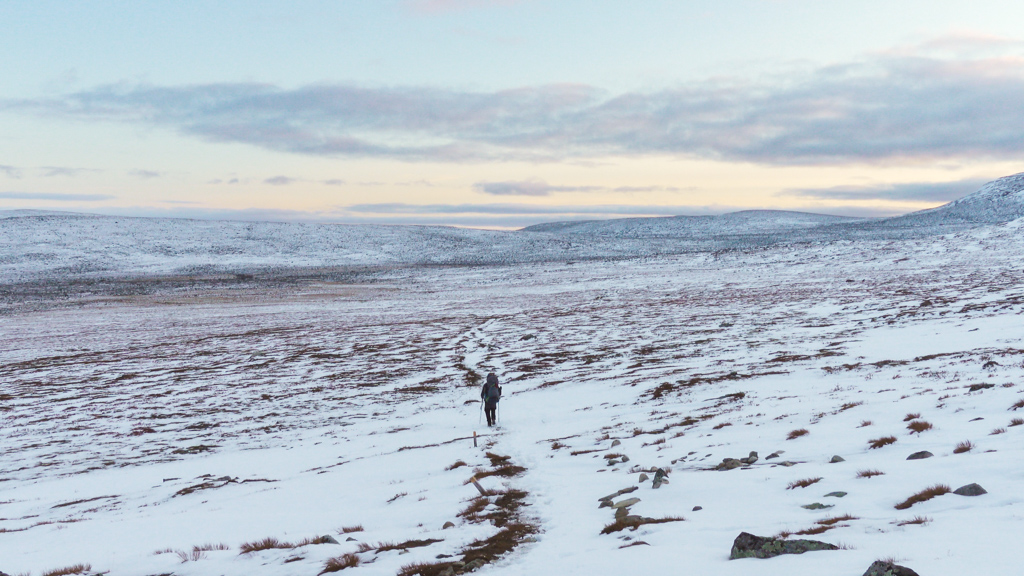
Getting Injured
I saved the worst as the last. Accidents can happen and the risk of getting injured is the darkest cloud. Things that reduce the risk of getting injured are the level of your fitness, your gear and the decisions you make. Strengthen the muscles supporting your joints. Also get your stiff muscles treated before heading out on a hike. On rocky terrains shoes that offer good support are ankles’ best friends. You can get more support from a good pair of hiking poles when needed. Like on river crossings and when you’re ascending on fells or descending from them. They also help to maintain your posture which is important while carrying a backpack. I also carry with me a knee support because my knee might act up at times. I mentioned earlier the choices you make and with that I meant taking risks. Avoid unnecessary risks! In fact, while solo hiking, all risks are unnecessary. Always act according to the level of your fitness, knowledge and skills.
The Pros of Solo Hiking
Now we’re getting to the reasons why I mostly hike alone and why it’s so important and enjoyable for me.
Schedules
When planning a hike with someone you will quickly notice that it’s a challenge fitting the schedules of two persons together – especially if your friend has kids. For soloist this is more simple: just decide when you wanna go, apply for a vacation, pack your backpack and go.
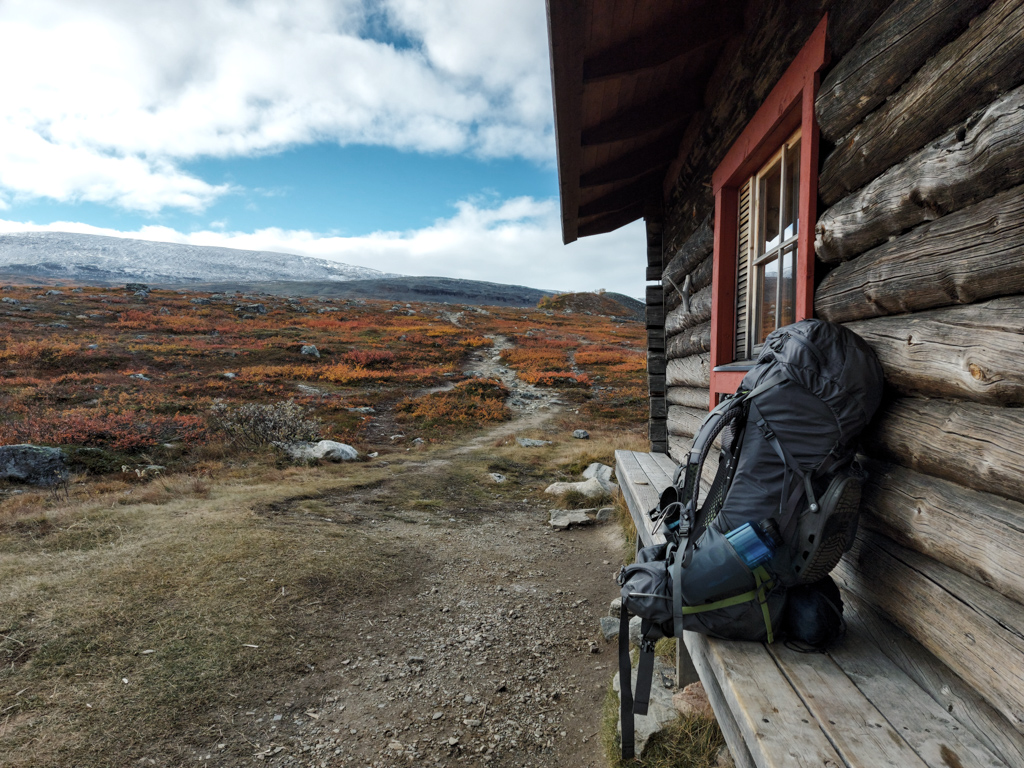
Pace and Route
Hiking solo you set the pace, take breaks, eat and sleep whenever you want to. You can choose the route according to your own preferences and make changes to the route during the hike if you feel like it. With preferences I meant the length and degree of difficulty of the route and things you want to see along the way. It’s your hike!
Appearance
It’s highly plausible that I look like a cave troll when I crawl out of my tent in the morning. If I’ve been on the trail for multiple days already then chances are that I reek of death also. Fortunately no one else has to cope with it. So, embrace your inner hippie! You can untangle your hair and shave your beard after the hike. The reindeer and the Siberian Jays don’t really give a poop about how you look like!
Peace and Quiet
One of the things I enjoy on my hikes is the tranquility. You get more out of it and it’s easier to immerse yourself in it. Concentrate on the sounds of the nature and being in the moment. It’s a very zen-like experience that embraces the individual of modern society who’s constantly been bombarded with different stimuli. Perfect escape from the hectic mundane life. And yeah, you guessed it right! I don’t listen to music on my hikes, even though I love music. The symphony of nature does the trick for me!
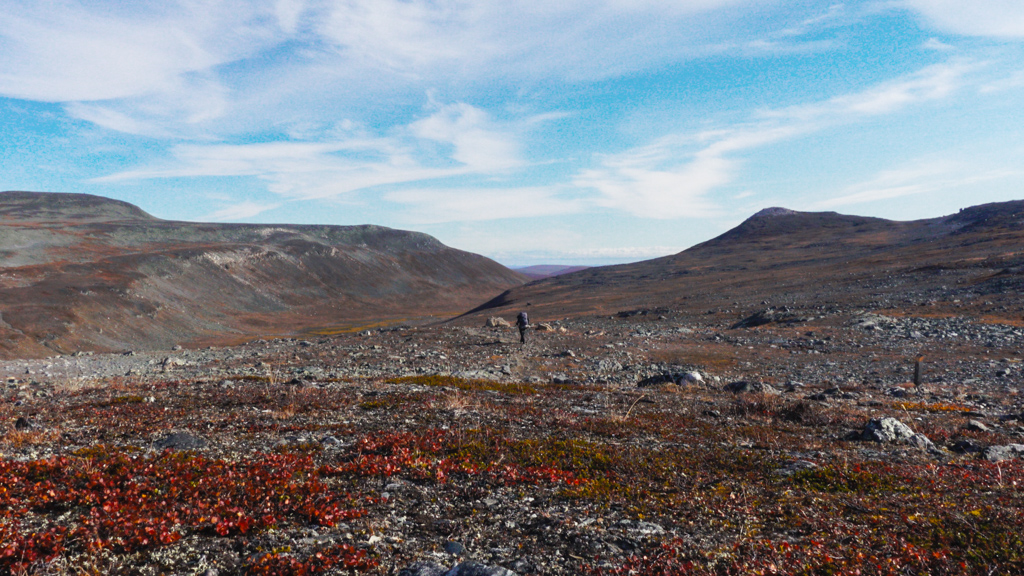
Less Things to Consider
There’s no need to take care or consider the needs of others. Just take care of your own nutrition, hydration, rest and your feet. Otherwise you can just concentrate on enjoying the hike and nature. When hiking with someone you have to take into account his/hers level of fitness, pace, food preferences, routines, etc. Of course when hiking with someone you have someone to take care of you when needed. This can be useful if you get injured or sick or your spirits are just low otherwise.
Experience and Emotions
Solo hiking is more powerful as an experience than hiking with a friend. All the emotions you experience, the positive and the negative, are stronger. Of course you have to be able to handle them by yourself, but it just adds up to your experience. Your senses are fully tuned to the stimuli of nature. Even though you head out on the trail alone it doesn’t mean you won’t meet other people or won’t find company along the way. I’ve met some very nice and interesting people on my hikes – and with some of them I’ve even become friends with afterwards.
Empowerment
The feeling when you overcome yourself and all the obstacles (mental and physical) on the trail. The feeling after hiking safely tens and tens of kilometres in the wilderness and you reach your destination. At times it’s an indescribable burst of emotions, but it’s a truly wonderful state of mind. It will take a day or two to go through everything you’ve experienced on the hike and you’ll find your thoughts wandering back to the wilderness constantly. Because of the introspection I’ve done during and after my hikes I’ve come to learn a lot about myself. Nature is a huge resource of strength and wisdom!
Summary and Tips for a Beginner Soloist
Let’s summarize the pros and cons so that it’s easier to weigh them. You can also watch a video I made of the same subject. You can find it at the end of this post. I’ve also listed some quick tips for an enjoyable and safe solo hike. Happy trails!
The Pros
- Schedules
- Pace and route
- Appearance
- Peace and quiet
- Less responsibilities
- Experience and emotions
- Empowerment
The Cons
- Gear you carry
- Decisions
- Loneliness
- Things you need to do and know
- Risk of getting injured
Quick Tips for a Solo Hiker
- Lighten your burden, leave unnecessary gear at home and make well thought gear purchases.
- If something breaks down, be prepared to fix minor defects.
- Follow your instincts and avoid taking risks.
- Learn to navigate with a compass and with a gps unit. Take with you a physical map, compass, separate gps unit and have Gaia GPS (or a similar app) installed on your phone with an offline map as a last resort backup.
- You should hone your wilderness survival skills. Like making a campfire on a bad weather. Remember to always take into account the discipline rules of the area/park before making a fire.
- Act according to your fitness level, knowledge and skills.
- Make sure that someone always knows the route you’re hiking and when you’re supposed to start/finish the hike.
- Always carry with you 1-2 extra rations and a sufficient first aid kit. Most of the backpacks nowadays have integrated whistles for emergencies. If yours doesn’t, you might want to consider getting one.
- It’s also good to have a phone and external powerbank for emergencies. Usually you can reach the outside world from the highest fells, if needed.
- Be prepared! Plan your route early on and make notes of campsites and springs or other sources of water. Make a comprehensive gear list. This way you’ll be sure to pack everything you need – no more, no less. Stay fit and your walking feels lighter.
- I recommend you to learn how to dry your food ingredients. This way you’ll save money and lighten your load. Potentially you’ll also carry less waste with you into the nature.
When you take these things into account you will surely have a successful and unforgettable solo hike! This can be the start of a beautiful journey.
